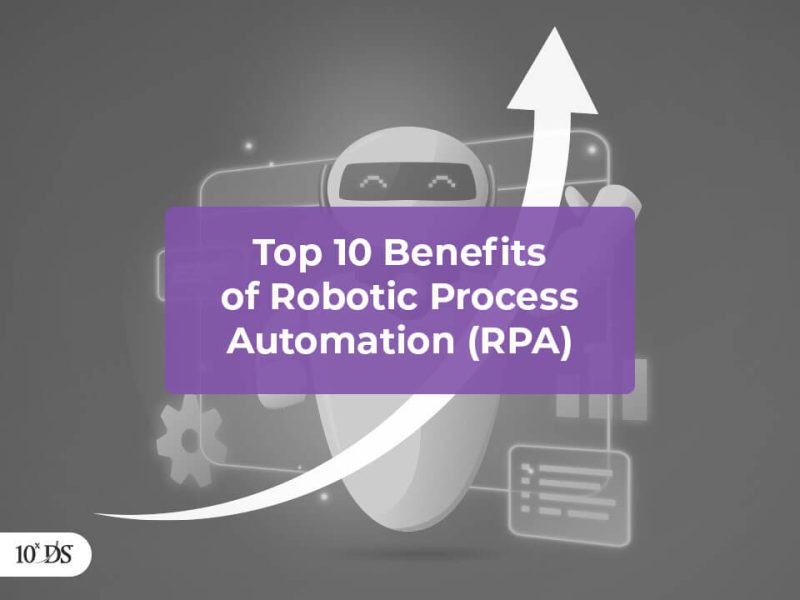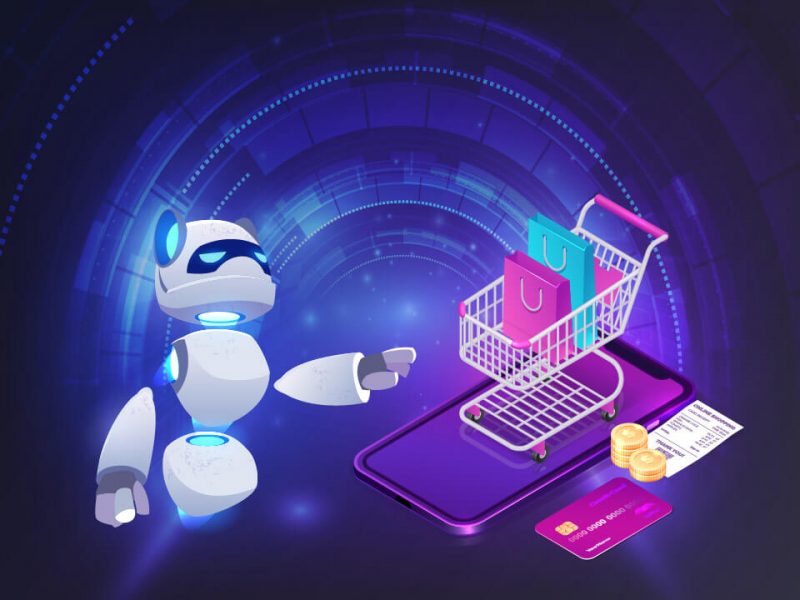
Technical Debt in RPA Engagements
Overview of technical debt
Technical debt, also known as design debt or code debt is a concept in software development that reflects the implied cost of additional rework caused by choosing an easy or limited solution now, over a better approach that would take longer. It is often compared to the monetary debt in the financial world. If technical debt is not repaid, it can accumulate ‘interest’, making it harder to implement changes later on. To put it simply, “technical debt” is like borrowing money for immediate needs that become a burden over time through having to repay the loan with interest.
Technical debt is not necessarily a bad attribute and sometimes it is unavoidable to move projects forward especially during the proof of concept phase. In situations where technical debt is not managed to balance the immediate benefits and long term impacts, it can quickly become a burden to the enterprise. It is widely documented that the technical debt leads to cumulative consequences as a result of resorting to methods to fast track the design and development phase of the project. The technical debt associated with big, monolithic legacy applications are quite huge because of the tremendous effort required to maintain the application.
Is technical debt a concern in RPA project?
Robotic Process Automation (RPA) program helps to resolve some of the challenges caused by the technical debt. RPA in a way is a repercussion of these large monolithic applications. In principle, RPA exposes the rules and structures that define a process in a more manageable way than is possible with the legacy system without transforming the underlying legacy code. However, lack of understanding of the process and unclear needs of the customer can always lead to technical debt in RPA engagements as well. When the business fast tracks the adoption of RPA bots without properly following the design process, involving IT or taking CIO and leadership team into confidence, technical debt increases, which can quickly become a burden to the enterprise.
How 10xDS can help?
Like any other software project, a good design is a must for any automation engagement program to mitigate the risk of creating technical debt. RPA development should follow a structured ‘bot lifecycle’, that includes all the processes required to manage the RPA bots from inception, through elaboration and construction, to transition. Even though RPA tools don’t involve significant disruption or reconfiguration of the existing environment, IT needs to be involved to assess the risk of RPA on disaster recovery and business continuity plans, change and access management processes, security protocols and system updates. Failure to proactively monitor the downstream complexities created by RPA will offset the initial cost savings and productivity gains. In essence, lack of IT oversight at the front end of RPA creates a technical debt that must be repaid at the back end, limiting business benefits.
The unique design approach adopted by 10xDS, known as 5D design approach (Discover, Design, Develop, Demonstrate, and Deliver) ensures a structured bot life cycle management process which in turn helps in drastically reducing technical debt. Besides, we assist organizations to democratize the RPA bots post launch, which we believe will help in tackling the technical debt to a greater extent.
In the Discover phase, the current operating model involving the relevant stakeholders is assessed using design tools to uncover the underlying needs. The subsequent Design stage will cover solution architecture and interface design, “As-Is” and “To-Be” process documents, environment configuration, identification of exceptions scenarios, infra design and others. By the time Develop phase starts, the environments for development and testing will be ready. During this phase, bots interfacing with legacy systems and other applications are built, extensive exceptions handling and queue management procedures etc. are developed. The Demonstrate phase is a validation phase where user acceptance testing, business realization analysis, business insights etc. are accomplished. In the last stage of bot life cycle, namely, Deliver Phase, activities include training, solution deployment, support model framework design, CoE design, IT security to name a few. The 5D approach is customizable and can be tailored for a particular engagement depending on the context of the engagement.
We help organizations to establish an RPA Competence Center to ensure lean and efficient governance and business-oriented automation thus helping them reduce the technical debt by democratizing it. 10xDS will support organizations to define roles, responsibilities and accountabilities, and to establish collaboration principles among all stakeholders. A detailed plan for the knowledge transfer and transition will be prepared after discussions with the business, process excellence team, change management team and IT. By the end of the transition plan, the client will have complete knowledge independence on the bots, processes, landscape, troubleshooting and support procedures resulting in a much-reduced technical debt.


